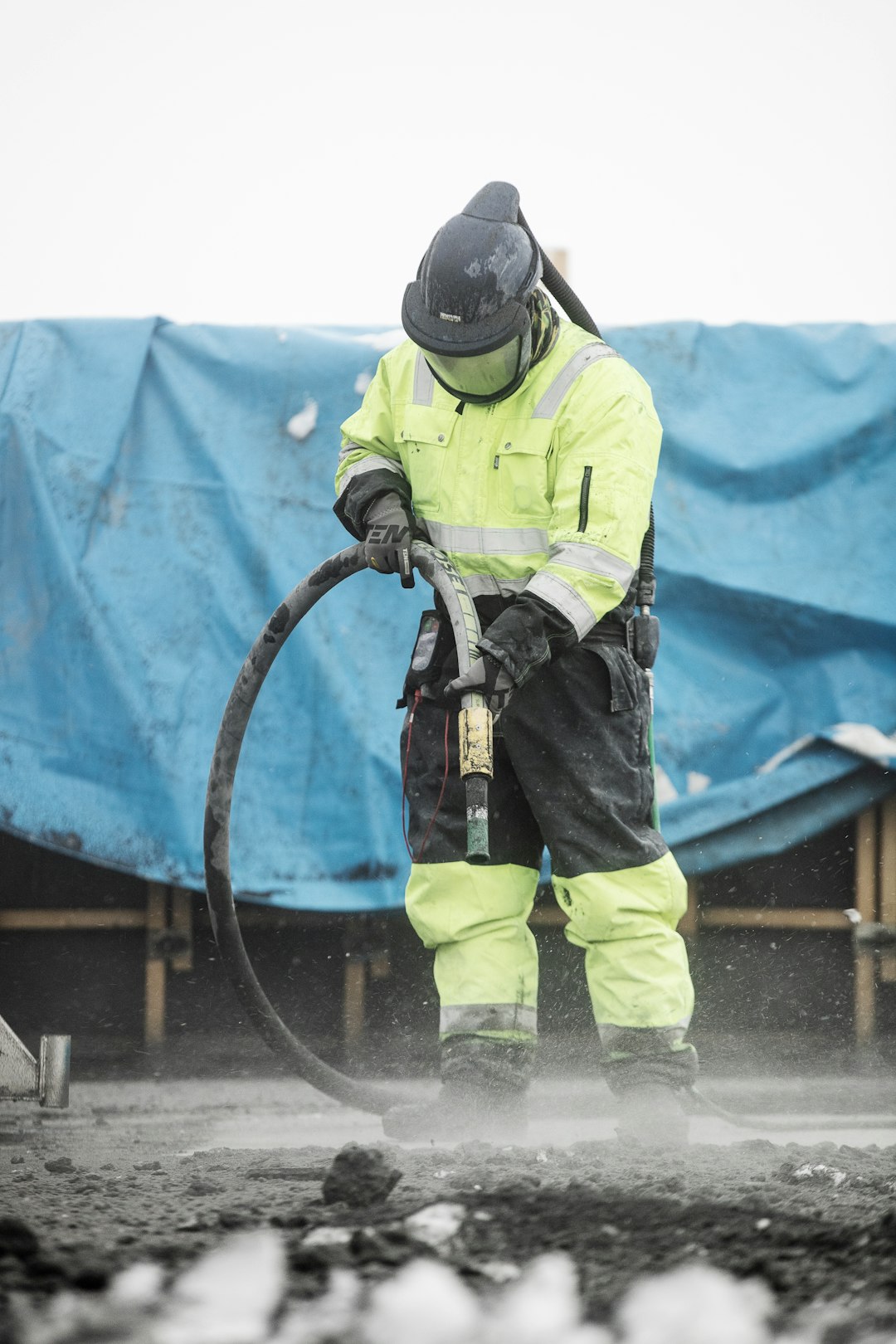
Among the essential benefits of sandblasting is its ability to completely tidy and prepare surfaces. Whether it’s getting rid of corrosion, paint, scale, or various other surface area layers, sandblasting can properly strip away these undesirable materials. This makes it an optimal technique for prepping surface areas prior to painting, finishing, or welding. By creating a tidy and bare surface area, sandblasting ensures much better adhesion of applied layers, leading to a longer-lasting surface.
Additionally, sandblasting can be utilized to improve the visual allure of surface areas. The method can produce a selection of surface area textures, varying from smooth to harsh, depending on the type of abrasive product used and the blasting pressure. This makes it an outstanding selection for decorative functions, such as developing distinct patterns on glass, etching layouts on stone or metal, or giving wood a troubled appearance. Sandblasting permits creativity and modification, changing ordinary surfaces right into visually appealing works of art.
In addition to surface area prep work and looks, sandblasting has sensible applications in sectors such as auto, building and construction, and production. For instance, in vehicle reconstruction, sandblasting is a beneficial technique for removing old paint, corrosion, and corrosion from lorry bodies and components. It can also be used to restore concrete surfaces, such as eliminating graffiti or recovering historical buildings.
It deserves pointing out that while sand was typically utilized as the rough material in sandblasting, today, numerous materials are used depending on the application. Typical unpleasant products consist of silica sand, aluminum oxide, glass beads, steel grit, and walnut coverings. The selection of rough material depends upon elements such as the surface area being treated, the wanted outcome, and ecological considerations. Security precautions, such as protective clothes and tools, are essential when carrying out sandblasting to minimize direct exposure to dangerous particles.
Finally, sandblasting is a powerful strategy that provides many benefits for surface preparation and modification. Whether you require to tidy, get rid of finishings, or develop appearances, sandblasting can accomplish extraordinary results. Its applications span a variety of markets, from automotive to building and construction, making it an indispensable tool for experts who value the quality and long life of their ended up products. Simply bear in mind to focus on safety and select the suitable rough material for your specific application.